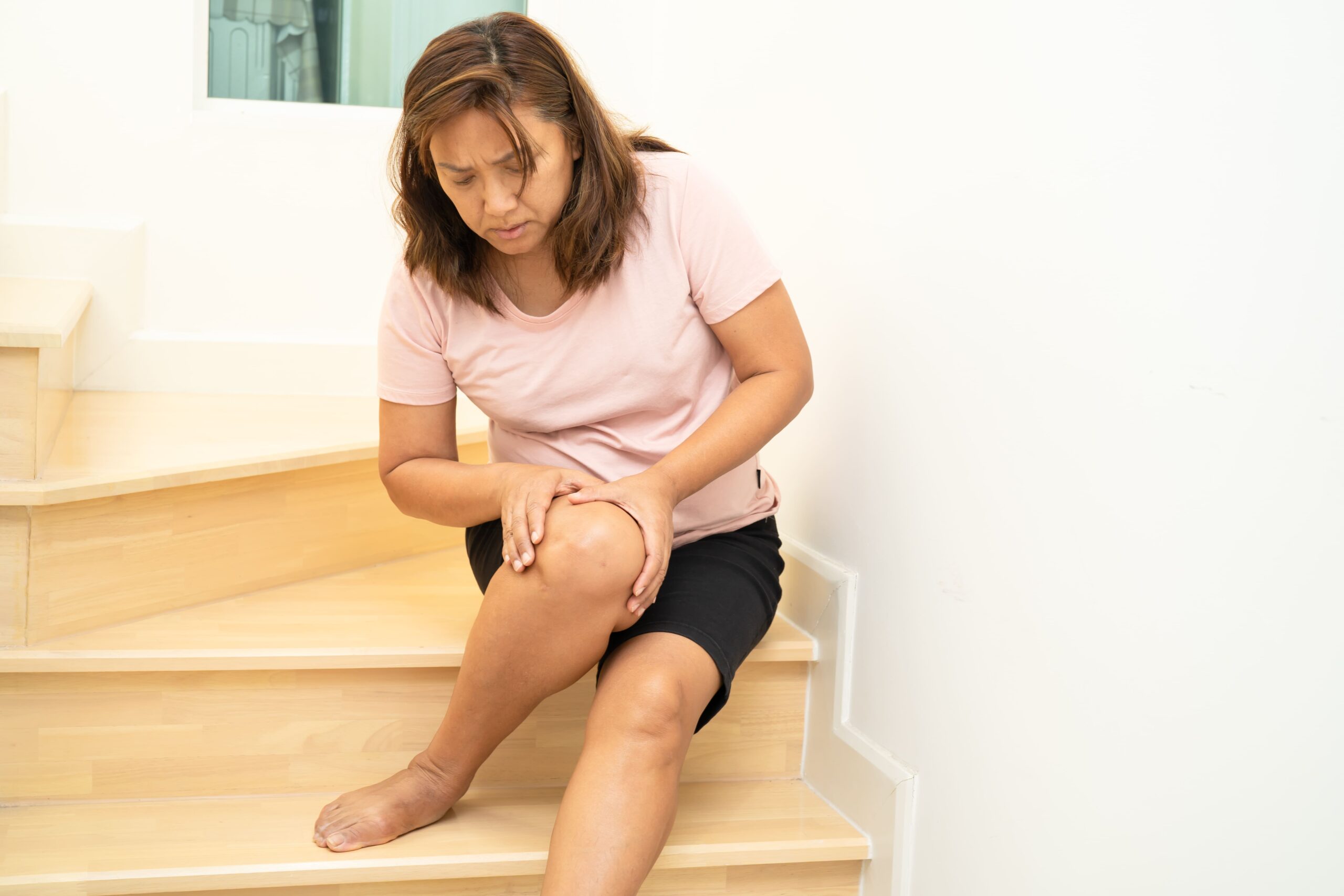Runner’s Knee: A Comprehensive Guide
Running subjects the knee joints to repeated movements that may cause substantial strain over time. Patellofemoral pain syndrome—commonly known as...

Knee pain when bending is a common issue that can affect people of all ages. Whether it occurs while squatting, climbing stairs, or sitting down, this discomfort can interfere with daily activities. This article explores common causes of knee pain, explaining how different conditions may contribute to discomfort and when medical advice may be needed.
Patellofemoral pain syndrome refers to pain around the front of the knee, particularly where the kneecap (patella) meets the thigh bone (femur). It is often linked to repetitive stress or improper kneecap alignment.
Overuse and Repetitive Movements
Activities such as running, cycling, or frequent squatting can place excessive strain on the knee joint, leading to irritation.
Muscle Imbalances
Weak thigh muscles may affect kneecap tracking, increasing stress on the knee. Strengthening exercises for the quadriceps can help stabilise the joint.
Poor Biomechanics
Issues such as flat feet or improper walking posture can contribute to patellofemoral discomfort.
Osteoarthritis occurs when the protective cartilage in the knee joint gradually wears down, leading to pain and stiffness, especially during movement.
Cartilage Degeneration
As the cushioning layer between bones diminishes, friction increases, causing discomfort when bending or straightening the knee.
Morning Stiffness and Swelling
Symptoms may be more noticeable after periods of inactivity and can worsen with prolonged use.
Age and Activity-Related Wear and Tear
Although more common in older adults, osteoarthritis can also develop due to past injuries or prolonged high-impact activities.
The meniscus is a C-shaped soft tissue structure that cushions the knee joint. Tears in this structure can occur due to sudden twisting motions or gradual degeneration.
Acute Injury or Trauma
A meniscus tear often happens during sports or activities that involve sudden knee rotation.
Clicking or Locking Sensation
Some individuals experience difficulty fully extending or bending the knee due to a displaced meniscus fragment.
Pain Along the Joint Line
Discomfort is often felt along the inside or outside of the knee, particularly when squatting or twisting.
Tendonitis occurs when the tendons surrounding the knee become inflamed due to overuse or repetitive strain. The patellar tendon, which connects the kneecap to the shinbone, is most commonly affected.
Pain Just Below the Kneecap
Discomfort often worsens with jumping, running, or prolonged kneeling.
Inflammation and Tenderness
Swelling or sensitivity around the tendon is common, especially after activity.
Gradual Onset
Unlike acute injuries, tendonitis often develops over time due to repetitive stress rather than a sudden event.
Bursae are small fluid-filled sacs that cushion the knee joint. Inflammation of these sacs, known as bursitis, can cause pain and swelling, particularly when bending or kneeling.
Frequent Kneeling or Direct Pressure
Jobs or activities that require prolonged kneeling, such as gardening or carpentry, can increase the risk of bursitis.
Swelling and Warmth Around the Knee
The affected area may appear swollen and feel warm to the touch.
Pain with Movement
Bending the knee or applying pressure can worsen symptoms, making daily tasks uncomfortable.
While occasional knee discomfort may resolve with rest and activity modification, some symptoms indicate the need for medical assessment. Consider consulting a specialist if you experience:
Severe or Persistent Pain
Pain that does not improve with rest or over-the-counter medication may indicate an underlying issue requiring treatment.
“Tightness”, Swelling or Warmth Around the Joint
Significant swelling, redness, or warmth could suggest inflammation, infection, or fluid build-up in the knee.
Clicking, Locking, or Instability
If the knee feels like it might give way, locks in place, or produces a clicking sensation with movement, structural damage may be present.
Difficulty Bearing Weight
If putting weight on the affected leg causes pain or instability, it is best to seek medical attention.
A timely assessment can help determine the cause of knee pain and guide appropriate management.
Knee pain when bending can stem from various conditions, ranging from overuse injuries to degenerative changes. Identifying the cause is the first step in finding effective relief, whether through lifestyle modifications, physiotherapy, or medical treatment.
If knee pain is persistent or interfering with daily activities, schedule a consultation to discuss assessment and management options.
Fill up the form and we will get back to you soon!
Mon – Fri: 9.00AM – 5.00PM
Sat: 9.00AM – 1.00PM
Mon – Fri: 9.00AM – 5.00PM
Sat: 9.00AM – 1.00PM
Mon – Fri: 9.00AM – 5.00PM
Sat: 9.00AM – 1.00PM